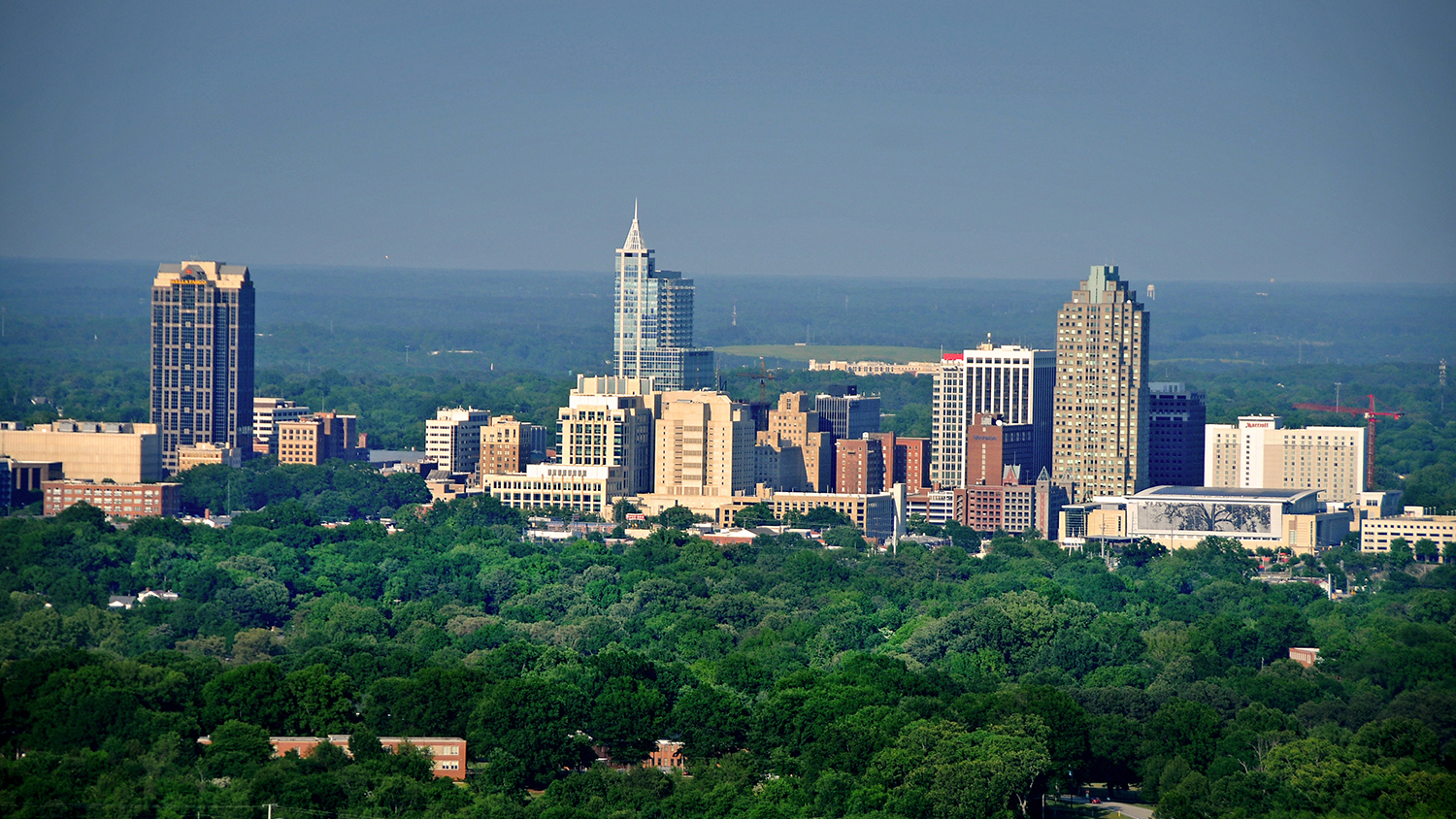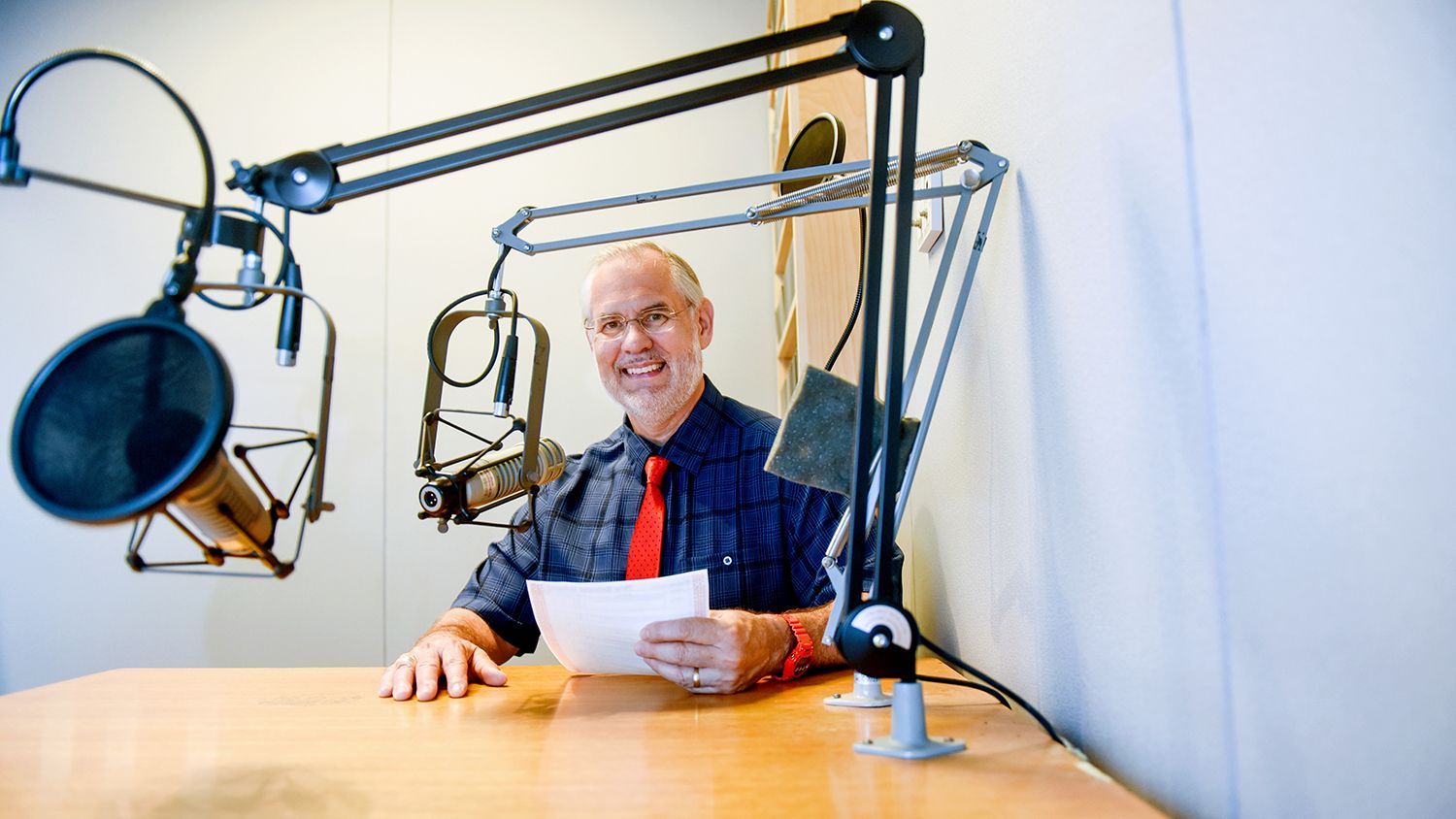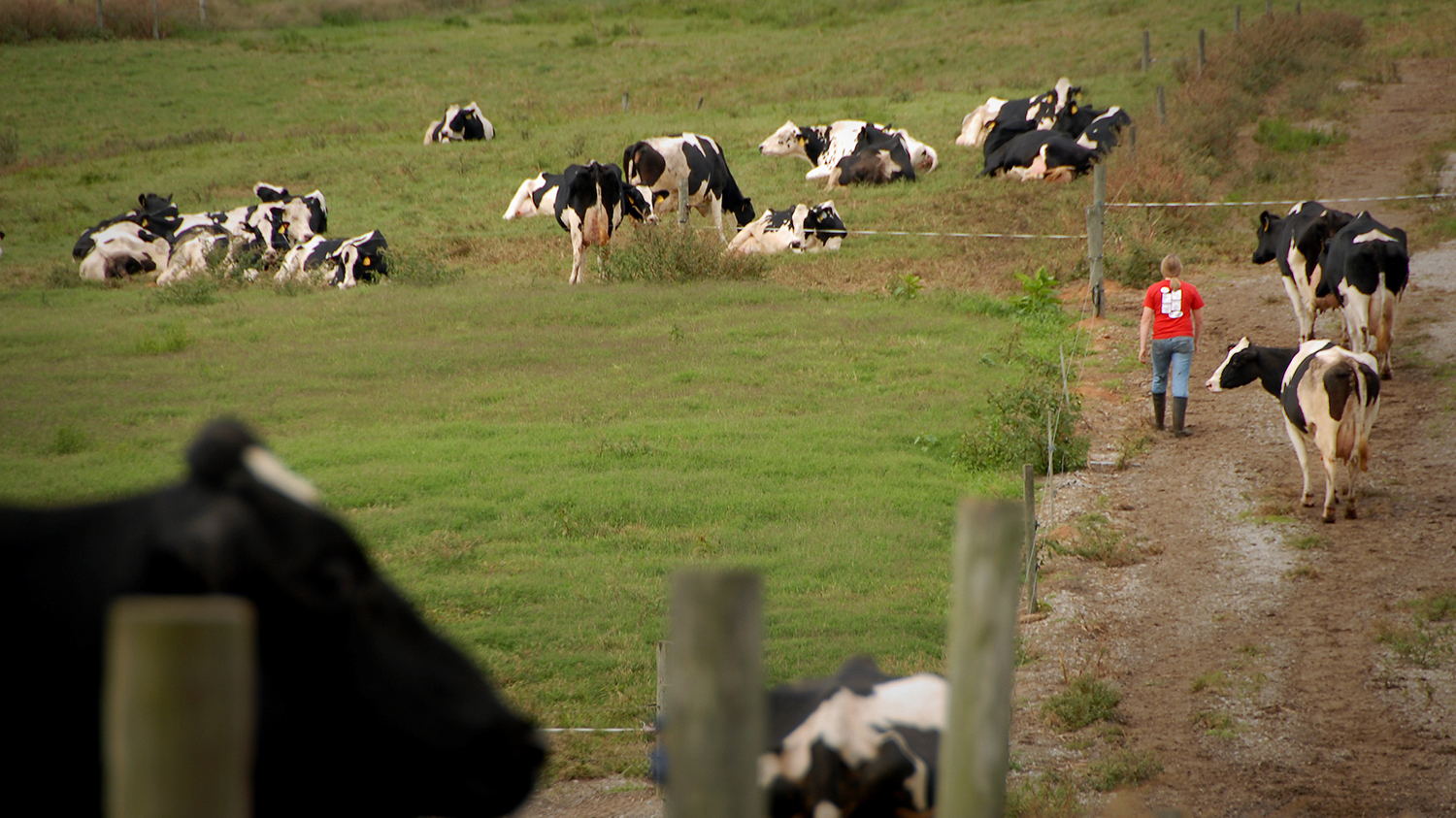You Decide: Will We Regret the Rescues from the Crisis?

By Dr. Mike Walden
The coronavirus crisis continues to be “the” story of our day. Few events have hit our lives and our economy with such force. We anxiously watch the daily data on cases and deaths, hoping to see the curves finally turn downward.
I have dubbed the economic damage caused by the virus the “mandated recession”. The current recession – and, indeed, we are in a recession – is unlike any of its predecessors. Typical recessions are caused by some “excess” in the economy, the most common being an over-indulgence in private debt.
In contrast, the mandated recession is a planned recession. Economic interactions have been purposefully curtailed in order to limit the spread of the virus and to keep our health care system from being overwhelmed. The loss of business activity and jobs have been the price we’ve paid to reduce deaths and illnesses from the virus.
This is the reason why the federal government has moved quickly to backstop businesses and households in hopes of preventing them from falling into bankruptcy and financial chaos. The federal help has been enormous. To date the President and Congress have allocated almost $3 trillion for supporting companies, people, farmers and first responders, with more likely to come. The Federal Reserve – the nation’s central bank – also has set aside $4 trillion in resources to keep financial markets working and also to support firms and governments.
The reasoning for these expensive efforts is straightforward. The coronavirus caught most of us by surprise, so businesses and households couldn’t plan for it. The steps that have been taken to control the virus, including shutting down large parts of the economy, have also come as a surprise. As a nation we have decided that people and businesses shouldn’t be driven to economic collapse for something they’ve had no hand in causing or foreseeing.
Hence, the $7 trillion combined effort of the President, Congress and Federal Reserve is designed to keep the economy alive until the virus is controlled and banished. The alternative is letting a large part of the economy be destroyed.
Yet, will there also be some price to be paid for this massive federal financial rescue? And if the answer is yes, what kind of price will it be?
There are two potential prices. The first is the possible price related to increased spending in the federal budget. This is the $3 trillion – so far – I mentioned above that’s already been approved by Congress and the President. This $3 billion is being borrowed and therefore is added to the national debt.
One way to avoid more debt is to reduce expenditures. But with total annual federal spending prior to the virus crisis near $5 trillion, it’s impossible federal legislators could have found agreement to reduce other federal spending by 60 percent.
Also, some say there’s a logic to this borrowing. Without the borrowing that is funding the federal rescue, a large number of businesses and households likely would have become bankrupt. With the federal help they can be kept financially alive and return to work after the virus.
Still, there is a price to pay. We are borrowing economic resources from the future to use today. Hence, the price is the economy will not grow as fast in the future. Indeed, economic research confirms this is the biggest cost to a larger national debt.
Now let me turn to the second prong of the federal rescue effort – that mounted by the Federal Reserve (or Fed). How is the Fed paying for its $4 trillion plan? The answer is, they don’t have to pay, because the Fed has the power to create money! In the old days the money would literally be printed, but today “greenbacks” are created digitally.
“With no consequences,” you might ask? No. Traditionally the “price” of any central bank printing streams of money is that all prices in the economy would rise at a faster pace. In other words, injecting more dollar bills into the economy can lead to faster inflation.
Notice I said “can”. The printing and distribution of more money allows people to buy more. If the amount of products and services people buy doesn’t also increase, higher prices – higher inflation – will occur. But if the supply of products and services keeps up with the demand (buying), then higher inflation won’t occur.
Interestingly, many economists say this is exactly why a rescue plan for businesses was needed. If a large number of firms were allowed to fail, there would be less supply and more inflation.
Right now, even with more dollars circulating, the consensus among economists is that the lid on inflation won’t pop. Many people will use the new dollars just to pay for necessities. Others will simply hold on to the dollars, especially with interest rates being so low. But if buying gets ahead of producing – even for a while – inflation could jump.
So, will we pay a big price for the government’s financial help to people and companies during the virus crisis? Or, is any price worth paying considering the alternatives? You decide.
Walden is a William Neal Reynolds Distinguished Professor in the Department of Agricultural and Resource Economics at North Carolina State University who teaches and writes on personal finance, economic outlook and public policy.
- Categories:


